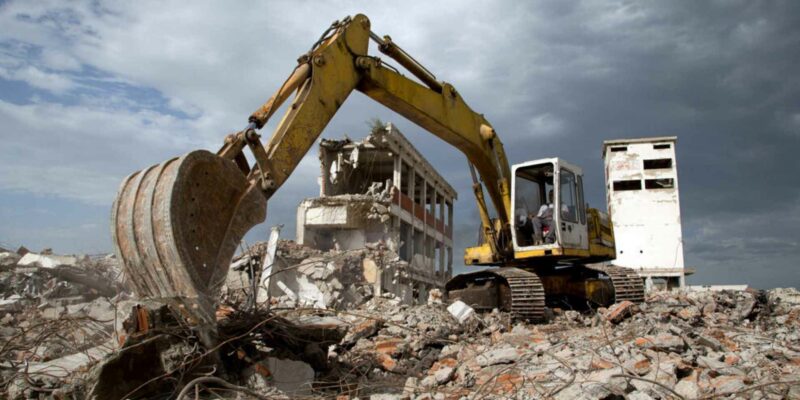
Construction debris removal is a critical aspect of the construction industry, aiming to manage and dispose of waste generated during building, renovation, or demolition activities. The construction sector is a significant contributor to waste generation globally, and efficient construction debris removal is crucial for maintaining environmental sustainability, adhering to regulations, and promoting the overall well-being of communities. This article delves into the challenges of construction debris, the methods employed for its removal, and the growing importance of sustainable practices in this domain.
Challenges of Construction Debris Removal
The construction industry is characterized by a complex waste stream encompassing various materials such as concrete, wood, metal, and plastics. This diversity presents challenges in managing and disposing of these materials responsibly. Some of the key challenges include:
Volume and Composition
Construction debris can constitute a substantial portion of the total waste generated in urban areas. The composition of this waste varies widely, making it challenging to implement a one-size-fits-all disposal strategy.
Environmental Impact
Inadequate construction debris removal practices can lead to environmental degradation, soil and water contamination, and air pollution. Dumping construction waste in unauthorized areas can have far-reaching consequences for ecosystems and public health.
Regulatory Compliance
Different regions have regulations and standards governing the disposal of construction waste. Contractors and builders must stay updated on local laws to ensure proper compliance.
Logistics and Transportation
Transporting debris from construction sites to disposal facilities can be complex and costly. Factors such as distance, traffic, and access to appropriate disposal sites must be considered.
Resource Consumption
Debris removal often involves the consumption of energy and resources, contributing to carbon emissions. The environmental cost of disposal methods should be weighed against the benefits.
Methods of Construction Debris Removal
Several methods are employed to remove construction debris, each with advantages and disadvantages. These methods range from traditional landfilling to more sustainable options:
Landfilling
Historically, landfilling has been a standard method of construction debris removal. However, this approach contributes to land scarcity, groundwater pollution, and the emission of greenhouse gases from decaying materials.
Incineration
Incineration involves burning construction waste to reduce its volume and generate energy. While this can mitigate landfill use, it can also release harmful pollutants into the atmosphere.
Recycling
Recycling is an increasingly popular method of sorting and processing debris into reusable materials. Concrete, metal, wood, and plastics can be recycled and used in new construction projects, reducing the demand for virgin resources.
Reclamation and Reuse
Salvaging materials from demolition sites for reuse in new projects is an effective way to reduce waste. Reclaimed wood, bricks, and fixtures can find new life in different contexts.
Conclusion
Construction debris removal is a multifaceted challenge that demands comprehensive solutions. As the world moves towards greater environmental consciousness, the construction industry must adapt its practices to minimize waste, reduce environmental impact, and promote sustainability. By employing methods like recycling, reclamation, and waste-to-energy while adhering to regulations and incorporating sustainable principles, the construction sector can contribute to a more responsible and eco-friendly built environment. Balancing economic and environmental interests is paramount as we strive to create a better future for future generations.


